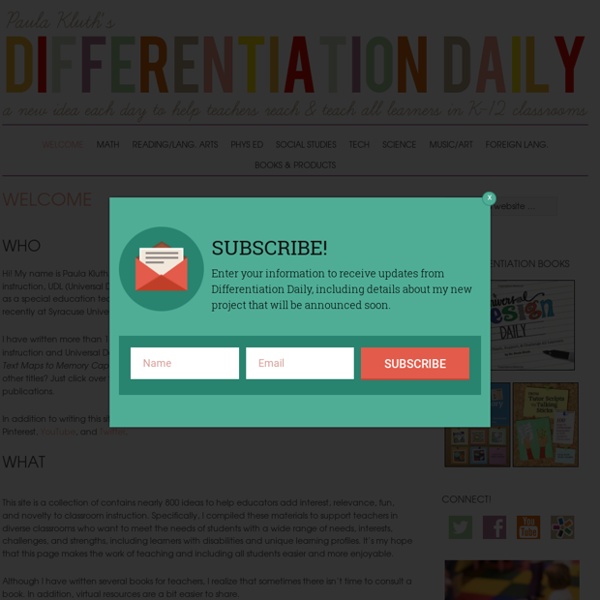



- Upgrade your KWL Chart to th 21st Century 0 Comments July 22, 2011 By: Silvia Tolisano Jul 22 Written by: 7/22/2011 12:39 AM ShareThis One of the take aways from the Curriculum Mapping Institute this past week was that it brought an upgrade to THE trusted KWL (Know, What to Know and Learned) Chart to the forefront. An “H” snuck into the Acronym! What does this “H” stand for”? I started out by searching Google, which immediately wanted to correct my search term and showed me the traditional “KWL chart” results. The top search results turned out mostly downloadable files for templates, which was quiet interesting as there were several explanations in these tutorials what the “H” could stand for: HOW can we find the answers to these questions? In direct relation to our quest to bring Information literacy in the 21st century to our teachers and students, the “HOW will we find the information” sticks out right away for me. My Twitter network was much better in helping me extend my search for KWHL.
Think.com, Oracle Education Foundation, Projects | Competition | Library Response to Intervention | RTI | RTI Resources | Intervention Central Inside My Global Classroom You might have realised that I don’t come from around these parts. I’m an Australian, and yet I function in online networks with educators from all parts of the world. I know my practice has benefited from these interactions. Where once I was more insular in my thoughts about education and greatly influenced by the professional journals published in my own country, now I am laid open to the education systems of other countries and can learn from their successes and failures shared via the generous souls on networking sites like Twitter. Some of the most exciting times I’ve experienced with students have come when we’ve made a connection with a teacher or class in another country. Just recently, a group of our Yr 12 students helped a geography classroom in Arizona gain an understanding of the Australian culture and climate so that they could make comparisons with their own geographical conditions. Global service learning project High in the Sky hopes © Brian Crosby, 2011 About the author
16 Things I Wish They Had Taught Me in School I am 28 now. I don’t think about the past or regret things much these days. But sometimes I wish that I had known some of things I have learned over the last few years a bit earlier. That perhaps there had been a self-improvement class in school. And in some ways there probably was. Because some of these 16 things in this article a teacher probably spoke about in class. Some of it would probably not have stuck in my mind anyway. But I still think that taking a few hours from all those German language classes and use them for some personal development classes would have been a good idea. So here are 16 things I wish they had taught me in school (or I just would like to have known about earlier). 1. This is one of the best ways to make better use of your time. So a lot of what you do is probably not as useful or even necessary to do as you may think. You can just drop – or vastly decrease the time you spend on – a whole bunch of things. 2. You can do things quicker than you think. 3. 4. 5.
Special Need & Education Resources for Grades K-12 Special Education Resources By Topic Accommodations and Environment Curriculum Support IEP Resources Behavior Management Special Education Inclusion Understanding that special education resources are applicable to both general education and special education teachers alike, TeacherVision provides resources that can be used as part of an IEP both in the general education classroom and in specialist resources rooms. Our resources have been curated from leading special education partners and publishers, and are easily categorized for the most common uses by both generalists and specialists. What Is Special Education? Special education can generally be defined as the integration of instructional, behavioral, social-emotional, developmental, and curricular support services and strategies designed to help students with disabilities learn. Most students designated for special education services will receive an Individualized Education Program (IEP). Accommodations and Environment IEP Resources
Emotional Intelligence Test This is an interactive version of the Personality-Based Emotional Intelligence Test. Introduction: The term Emotional Intelligence has been given many specific definitions since it gained popularity in the 1980s, but has is generally taken as theorized aspects of intelligence that that are not general intelligence but instead specific to people, such as understanding other peoples perspectives. The idea of EI has been very popular, although a persistent problem of the field is that no one is really sure how to measure EI. The PBEMIT is a new experimental measure of EI that has the subject make prediction about the structure of peoples personalities that are evaluated against real data. Procedure: In the PBEIT you will be given a personality test item and asked to choose from a group of other personality test items, which would be positively correlated with it. Participation: You use of this assessment should be for educational or entertainment purposes only.
4Teachers : Main Page Do2Learn: Educational Resources for Special Needs